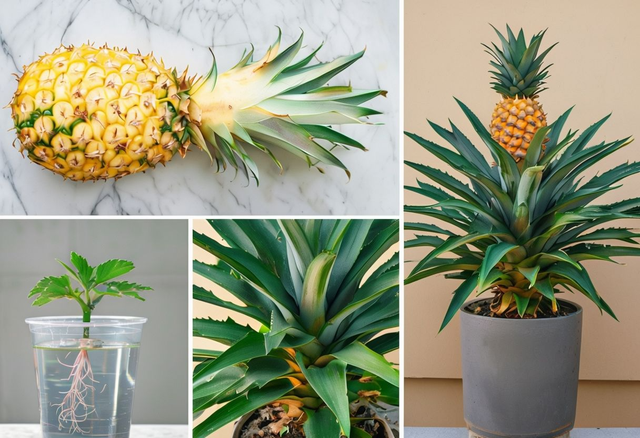
Euphorbia Hirta (Asthma Plant): Traditional Uses and Applications
Paula
- 0
- 25
Euphorbia hirta, commonly known as the asthma plant, is a herbaceous plant with a long history in various traditional medicine systems. Its wide range of applications, from treating respiratory issues to gastrointestinal disorders, has made it a popular remedy in many cultures. This article explores the traditional uses of Euphorbia hirta, its methods of application, and the scientific understanding behind its benefits.
Respiratory Benefits
One of the primary uses of Euphorbia hirta is in treating respiratory conditions such as asthma, bronchitis, and coughs. Traditionally, the leaves are brewed into a tea or decoction. This preparation is believed to have bronchodilatory effects, helping to relax the bronchial muscles and facilitate breathing in individuals with asthma or other respiratory ailments.
Gastrointestinal Uses
Euphorbia hirta is also used for gastrointestinal health, known for its antidiarrheal and anti-inflammatory properties. A decoction made from its leaves is often consumed to treat diarrhea and dysentery. It’s also thought to help with symptoms of irritable bowel syndrome (IBS) by reducing gastrointestinal spasms.
Dermatological Applications
Topically, Euphorbia hirta has been used to treat various skin conditions. It is applied as a paste or infusion for warts, boils, rashes, and even as a potential wound-healing agent due to its antimicrobial and anti-inflammatory effects. These uses highlight the plant’s versatility beyond internal applications.
Antimicrobial Effects
The plant is known for its broad-spectrum antimicrobial properties, making it a potential natural remedy for bacterial, fungal, and viral infections. Both internal and external applications are used, although scientific research into its full efficacy is still ongoing.
Pain Relief and Anti-inflammatory Effects
Euphorbia hirta also exhibits analgesic (pain-relieving) and anti-inflammatory properties, making it beneficial for conditions such as arthritis, muscle strains, and headaches. The leaves are typically consumed as tea or applied topically as a poultice to alleviate pain and reduce inflammation.
Antipyretic (Fever-Reducing) Properties
Traditionally, Euphorbia hirta has been used as an antipyretic, meaning it helps reduce fever. Many cultures recommend consuming a tea made from its leaves to help lower body temperature during a fever. While the plant’s cooling effect is believed to aid in fever management, scientific evidence supporting this use is still limited and requires further exploration.
Urinary Tract Disorders
Euphorbia hirta has also been traditionally used to treat urinary tract disorders, including infections and bladder inflammation. The plant is thought to have diuretic properties, promoting urine production and flow, which may help flush out urinary infections. However, as with other applications, clinical evidence to back these claims is still sparse, and it’s important to consult a healthcare professional before using it for urinary issues.
Antioxidant Properties
With growing interest in antioxidants for their role in combating chronic diseases, Euphorbia hirta’s potential antioxidant properties have caught attention. These compounds could play a role in mitigating oxidative stress, which is a factor in many chronic health conditions. Further research is needed to understand the full scope of these effects.
Preparation and Usage
The most common method of using Euphorbia hirta is by preparing a tea or decoction from its leaves. Fresh or dried leaves are boiled in water for a few minutes, then strained and consumed. For topical uses, the leaves are often ground into a paste and applied directly to the skin. The dosages and preparation methods vary depending on the condition being treated and regional traditional practices.
Safety and Precautions
Despite its widespread use in traditional medicine, it’s important to exercise caution when using Euphorbia hirta. Some parts of the plant can be toxic if consumed in large quantities, and there may be side effects or interactions with other medications. As with any herbal remedy, it’s advisable to consult with a healthcare professional, especially for those who are pregnant, breastfeeding, or have pre-existing health conditions.
Conclusion
Euphorbia hirta, with its diverse range of traditional uses, is a fascinating plant in herbal medicine. Its applications for treating respiratory problems, gastrointestinal issues, skin conditions, and more demonstrate its versatility. However, while traditional use is widespread, more scientific research is necessary to confirm its efficacy and safety. As always, responsible usage under the guidance of a healthcare professional is crucial for anyone considering adding this plant to their wellness routine


